Filter by

Indigenous Efflorescence: Beyond Revitalisation in Sapmi and Ainu Mosir
Indigenous efflorescence refers to the surprising economic prosperity, demographic increase and cultural renaissance currently found amongst many Indigenous communities around the world. This book moves beyond a more familiar focus on ‘revitalisation’ to situate these developments within their broader political and economic contexts. The materials in this volume also examine the everyday pr…
- Edition
- -
- ISBN/ISSN
- 9781760462628
- Collation
- -
- Series Title
- -
- Call Number
- 301 IND i
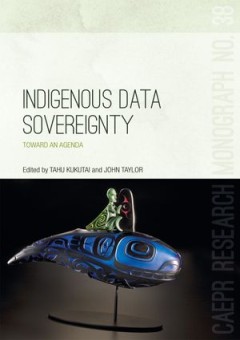
Indigenous Data Sovereignty: Toward an agenda
As the global ‘data revolution’ accelerates, how can the data rights and interests of indigenous peoples be secured? Premised on the United Nations Declaration on the Rights of Indigenous Peoples, this book argues that indigenous peoples have inherent and inalienable rights relating to the collection, ownership and application of data about them, and about their lifeways and territories. As…
- Edition
- -
- ISBN/ISSN
- 9781760460303
- Collation
- -
- Series Title
- -
- Call Number
- 300 IND i
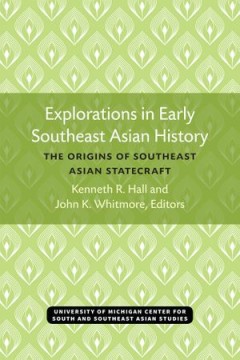
Explorations in Early Southeast Asian History; The Origins of Southeast Asian…
While following the probes of foreign individuals into various obscure parts of Southeast Asia over the centuries is a diverting and entertaining pastime, the purpose of this volume is to investigate this past with the mind, to question and postulate upon the historical patterns that have developed from earlier study of the area, and to bring concepts from other areas and disciplines to bear on…
- Edition
- -
- ISBN/ISSN
- 9780472901951
- Collation
- -
- Series Title
- -
- Call Number
- T 305.8 HAL e

Ethnomethodologie reloaded; Neue Werkinterpretationen und Theoriebeiträge zu…
Harold Garfinkels 1967 erschienene »Studies in Ethnomethodology« gelten als Gründungsdokument der Ethnomethodologie und haben längst den Status eines soziologischen Klassikers
- Edition
- Ed. 1
- ISBN/ISSN
- 9783839454381
- Collation
- -
- Series Title
- -
- Call Number
- T 305.8 BER e

Ethnologia Europaea (Vol. 42-2)
Special issue: Though a seemingly stable concept in ethnological work, “family” as a lived reality took and takes on innumerable forms shaped by economic pressures, mobility and attendant social transformations, and biotechnical interventions.
- Edition
- -
- ISBN/ISSN
- 9788763541145
- Collation
- -
- Series Title
- -
- Call Number
- T 305.8 KOR e
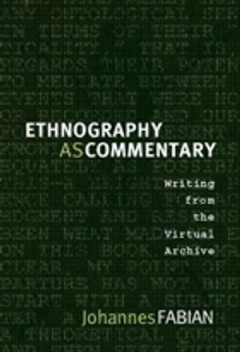
Ethnography as Commentary; Writing from the Virtual Archive
The Internet allows ethnographers to deposit the textual materials on which they base their writing in virtual archives.
- Edition
- -
- ISBN/ISSN
- 9780822342618
- Collation
- -
- Series Title
- -
- Call Number
- T 305.8 FAB e
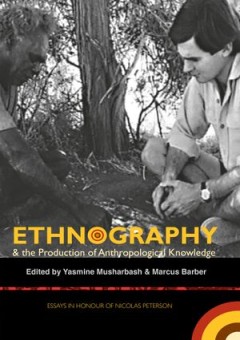
Ethnography and the Production of Anthropological Knowledge; Essays in honour…
Professor Nicolas Peterson is a central figure in the anthropology of Aboriginal Australia.
- Edition
- -
- ISBN/ISSN
- 9781921666971
- Collation
- -
- Series Title
- -
- Call Number
- T 305.8 MUS e
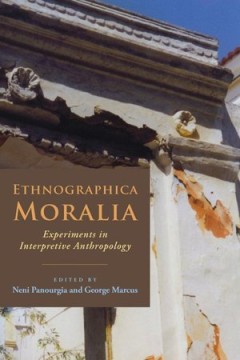
Ethnographica Moralia; Experiments in Interpretive Anthropology
Panourgia and Marcus bring together anthropologists working in various parts of the world (Greece, Bali, Taiwan, the United States) with classicists, historians, and scholars in cultural studies.
- Edition
- -
- ISBN/ISSN
- 9780823228867
- Collation
- -
- Series Title
- -
- Call Number
- T 305.8 PAN e
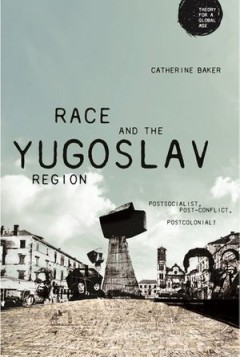
Race and the Yugoslav region Postsocialist, post-conflict, postcolonial?
This book explains theoretical work in postcolonial and postsocialist studies to offer a novel and distinctive insight into how Yugoslavia is configured by, and through, race. It presents the history of how ideas of racialised difference have been translated globally in Yugoslavia. The book provides a discussion on the critical race scholarship, global historical sociologies of 'race in transla…
- Edition
- -
- ISBN/ISSN
- 9781526126610
- Collation
- -
- Series Title
- -
- Call Number
- -
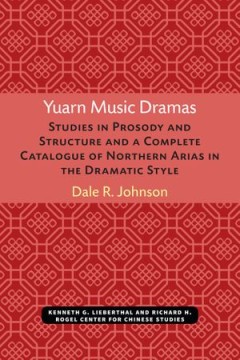
Yuarn Music Dramas: Studies in Prosody and Structure and a Complete Catalogue…
Part One of Yuarn Music Dramas presents a detailed analysis of form and structure in Yuarn music drama, with sections on the act, the suite, the aria, the verse, metrics of repeated graph patterns, parallelism, and the matching of suite and mode. Part Two presents the first catalogue of arias of its kind to be published in a language other than Chinese. It is a compilation of all of the arias i…
- Edition
- -
- ISBN/ISSN
- 9780472901470
- Collation
- -
- Series Title
- -
- Call Number
- 782 JOH y
 Computer Science, Information & General Works
Computer Science, Information & General Works  Philosophy & Psychology
Philosophy & Psychology  Religion
Religion  Social Sciences
Social Sciences  Language
Language  Pure Science
Pure Science  Applied Sciences
Applied Sciences  Art & Recreation
Art & Recreation  Literature
Literature  History & Geography
History & Geography